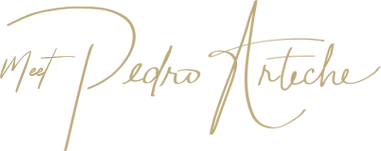Temporary anchorage devices, or TADs, are small screws which are inserted into the jawbone to provide orthodontic anchorage.
The device is removed once it has served its purpose. TADs are different from dental implants. Implants serve not only as an anchor device but are also used as a dental prosthesis.
TADs have been in use for over 35 years, but it is only in the last decade that they have become a more common orthodontic treatment option. A survey from 2008 concluded that the primary reason for TADs not being utilised as often in modern orthodontics was due to orthodontists not receiving proper education and training in the use of TADs during their residency programmes.
By the year 2011, more than 80% of these programmes had begun including more formal training concerning TADs. Today, more dental professionals are educated about TADs, and they have become an integral part of dental treatment.
Why Use TADs?
Isaac Newton’s Third Law of Motion states that for every action there is an equal reaction, and when a person undergoes orthodontic treatment, the laws of physics must be taken into consideration.
The goal of orthodontics is to move teeth into the correct position. To achieve this, force must be applied to two interacting objects — the teeth themselves and the anchorage, which provides resistance and pulls the teeth into place.
Dental professionals find that traditional anchorage methods aren’t always reliable, tending to move about in the mouth after force is applied for a prolonged period. This can allow the teeth to move differently than anticipated.
TADs, which are routinely replaced, help to ensure that Newton’s Third Law works to the benefit of your smile, encouraging teeth to move with fewer deviations.
Leave a message on our contact form to schedule an appointment.
Back to treatments
